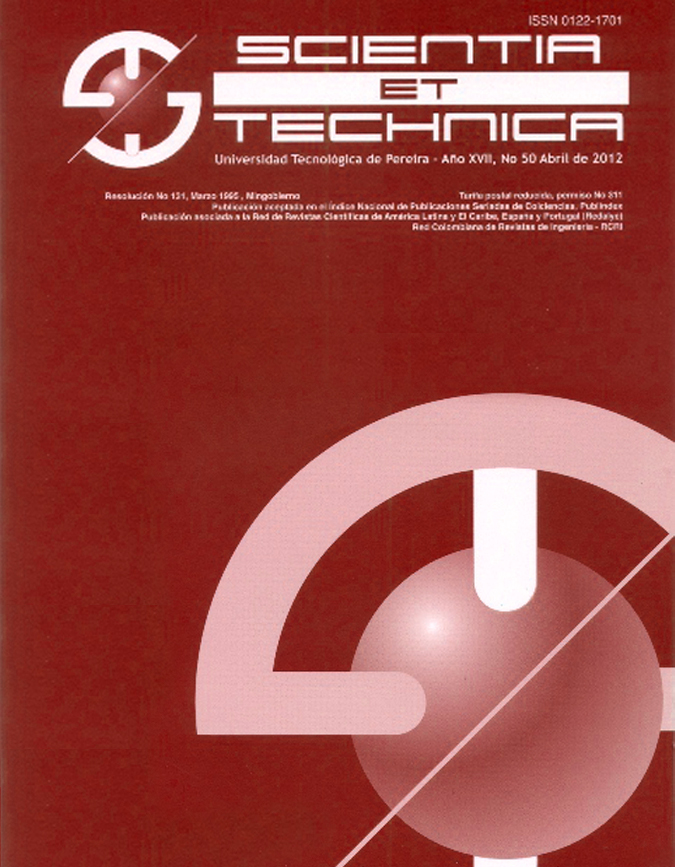Analysis of large-scale photospheric dynamics during the solar cycle 24
DOI:
https://doi.org/10.22517/23447214.17541Keywords:
Solar physics, Granulation, Photosphere, Dynamics, Meridional Flows, Local Correlation TrackingAbstract
The analysis of the movements of the solar photosphere has been used by several authors to study the dynamics of solar plasma at various spatial and temporal scales. This work, in particular, is focused on the study of vertical movements, in order to perform a statistical analysis of the flow maps to characterize some dynamic aspects of the photospheric plasma along the time evolution of the Sun. To carry out this analysis, we used a set of images obtained by the HMI instrument HMI (Helioseismic and Magnetic Imager) aboard the SDO mission (Solar Dynamics Observatory) to which local correlation tracking algorithms (LCT) were applied. they allow the identification of areas of convergence and divergence of the plasma at certain time intervals during the solar cycle 24, thus covering moments of high and low solar activity. The study gives us the reason for the meridional movements showing that in low latitudes the outgoing emergency flow occupied a higher percentage of area, while in the latitudes near the poles the behavior changes, that is, the incoming flows occupy a greater area.Downloads
References
[1]. Campos Rozo, J. I. (2017). “Evolution and dynamic properties of photospheric plasma in solar active regions” MSc thesis, MSc Thesis, 2017.
[2]. Hathaway, D. H. et al. Jan 2002. “Radial Flows in Supergranules”. 205:25-38.
[3]. National Aerinautics and Space Administration. “The Solar Dynamo”. Marshall Space Flight Center. Solar Physics. [Online]. Avaliable: “http://solarscience.msfc.nasa.gov/dynamo.shtml”.
[4]. November, L. J. and Simon, G. W. (1988) "Precise propermotion measurement of solar granulation," ApJ, 333:427-442.
[5]. Rieutord, M. and Rincon, F. (2010). “The sun's supergranulation”. Living Reviews in Solar Physics, 7 (2).
[6]. Sarbani Basu and H. M. Antia. (2011).“Characteristics of Solar Meridional Flows”. J.Phys. : Conf. Ser.271 012071.
[7]. Stanford Solar Observatories Group. “Joint Science Operations Center (JSOC)”. Stanford University. [Online]. Available: “http://jsoc.stanfor.edu/”.
[8]. Stix, Michael, “The sun: An introduction”. Second Edition. Springer-Verlag. 2004.
[9]. SunPy Community et al. (2015). SunPy-Python for solar physics. Computational Science andDiscovery, 8(1):014009.
[10]. Thomson, W. T. “Coordinate Systems for Solar Image Data”. A&A 449,791-803 (2006)
[11]. Vargas Dominguez, S. (2009). "Study of horizontal flows in solar active regions based on high-resolution image reconstruction techniques". PhD thesis, PhD Thesis, 2009.
Downloads
-
Vistas(Views): 606
- PDF Descargas(Downloads): 321
Published
How to Cite
Issue
Section
License
Copyright (c) 2018 Scientia et technica

This work is licensed under a Creative Commons Attribution-NonCommercial-ShareAlike 4.0 International License.
Copyrights
The journal is free open access. The papers are published under the Creative Commons Attribution / Attribution-NonCommercial-NoDerivatives 4.0 International - CC BY-NC-ND 4.0 license. For this reason, the author or authors of a manuscript accepted for publication will yield all the economic rights to the Universidad Tecnológica of Pereira free of charge, taking into account the following:
In the event that the submitted manuscript is accepted for publication, the authors must grant permission to the journal, in unlimited time, to reproduce, to edit, distribute, exhibit and publish anywhere, either by means printed, electronic, databases, repositories, optical discs, Internet or any other required medium. In all cases, the journal preserves the obligation to respect, the moral rights of the authors, contained in article 30 of Law 23 of 1982 of the Government Colombian.
The transferors using ASSIGNMENT OF PATRIMONIAL RIGHTS letter declare that all the material that is part of the article is entirely free of copyright. Therefore, the authors are responsible for any litigation or related claim to intellectual property rights. They exonerate of all responsibility to the Universidad Tecnológica of Pereira (publishing entity) and the Scientia et Technica journal. Likewise, the authors accept that the work presented will be distributed in free open access, safeguarding copyright under the Creative Commons Attribution / Recognition-NonCommercial-NoDerivatives 4.0 International - https://creativecommons.org/licenses/by-nc-nd/4.0/deed.es license.



